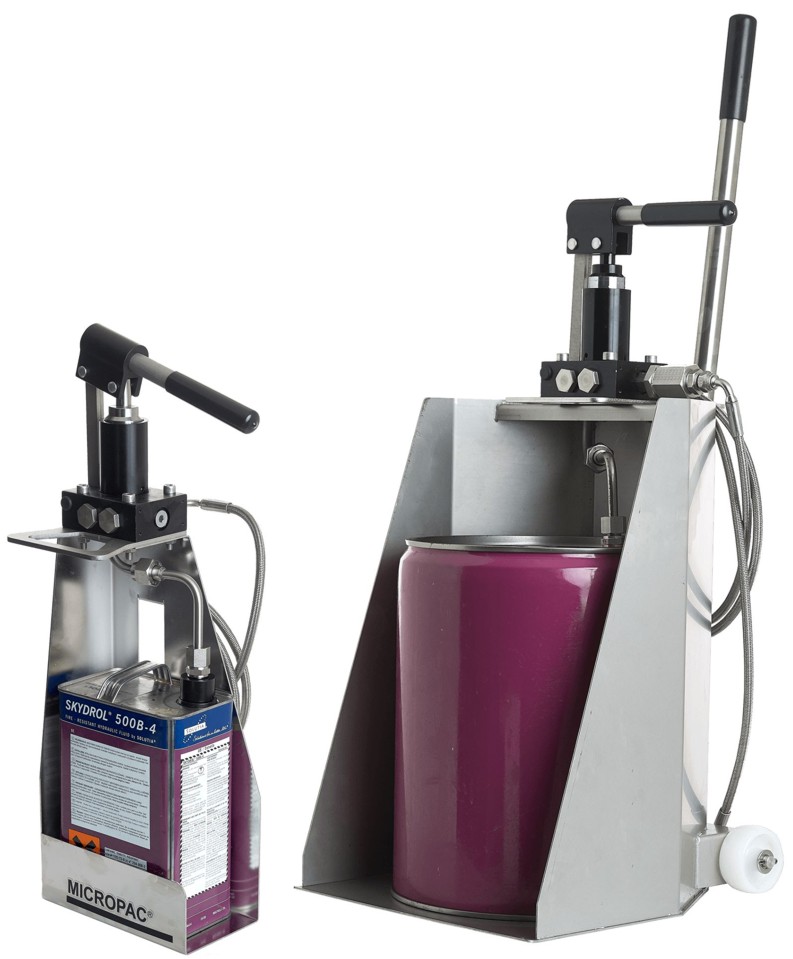As someone who has more than once been left unconvinced that a thickness called up on a drawing was what had been produced, I was interested to read of last week’s awful legal case where a new yacht had run aground, the hull split and the owner brought an action against the yacht builder claiming that the thickness was not what it should have been.
I don’t know the rights and wrongs of the case, but like any legal action, I bet there were no real winners other than the legal profession.
On a day to day basis, I think thickness is very tricky. When you think of it, critical thicknesses are everywhere. They should be manageable.
Our top five pointers are:
Write the thickness on the drawing. It is no good moaning that the plating was too thin or that the paint too thick and has cracked if there is no film thickness called up.
If you do call up a thickness, see what British/ISO Standard might give you guidance or even tell you precisely how the whole process should be done. That is what they are for.
Whilst digging into standards, expand your thinking to the whole process. If a steel fabrication needs shot blasting before applying a painting system, have you designed it to be easily blasted? Can you de-skill masking? A separate drawing showing just the masking and painting can pay dividends if there is too much detail on the fabrication drawing. I think it is a great idea.
Talk to the subcontractor as early as possible during design to sort out how he does it. It is no good running for five years then finding that he has never done it to drawing and indeed couldn’t do it or was not willing to do it as described. That was our experience on one paint finish called up on a drawing. The way he was doing it would never have achieved the thickness our drawing. We just took the job away and gave it to somebody who read the drawing and did it properly.
Find out how the thickness is going to be measured. Is there an instrument? Is it calibrated? Are there process controls? If it is a big area, how do you achieve conformity with the drawing? How do other people do it? If Boeing can make a composite airliner, achieving the required thicknesses on composite is all well trodden stuff if you have the know-how and have made the investment. If you or the contractor are not able to gain the know-how or will not make the investment, then maybe you are in the wrong place.
Even on bought in lower tech composite products, there is always a question to be asked on thicknesses and designed/manufactured/measured thicknesses. From personal experience, I just have a concern that it seems easy to cut corners. Maybe just like paint, you might not be getting what you ordered.
Sarum Hydraulics has stuck to making its superb hand pumps for the last thirty years and steered clear of yachts, thank goodness. We are however very good with 316 stainless hydraulics for marine applications. Talk to us on pumpsales@sarum-hydraulics.co.uk, telephone 01722 328388 or buy on line at www.pumpshoppro.com.





Leave A Comment